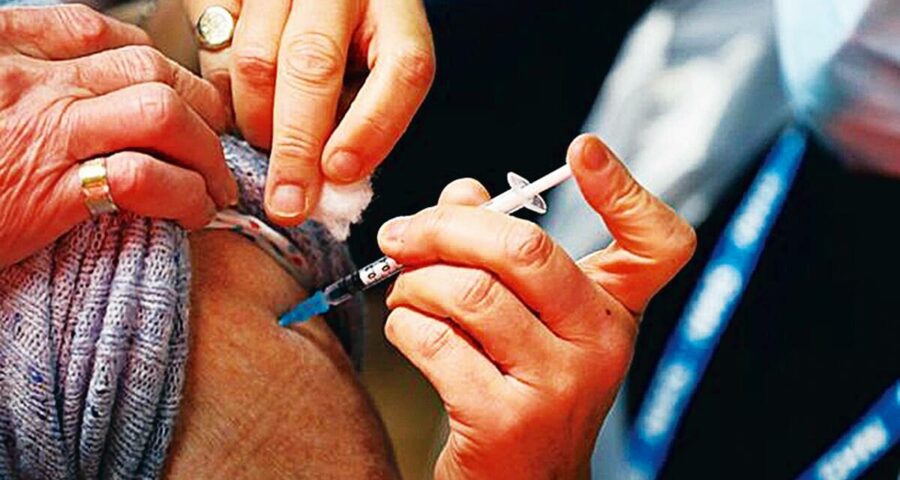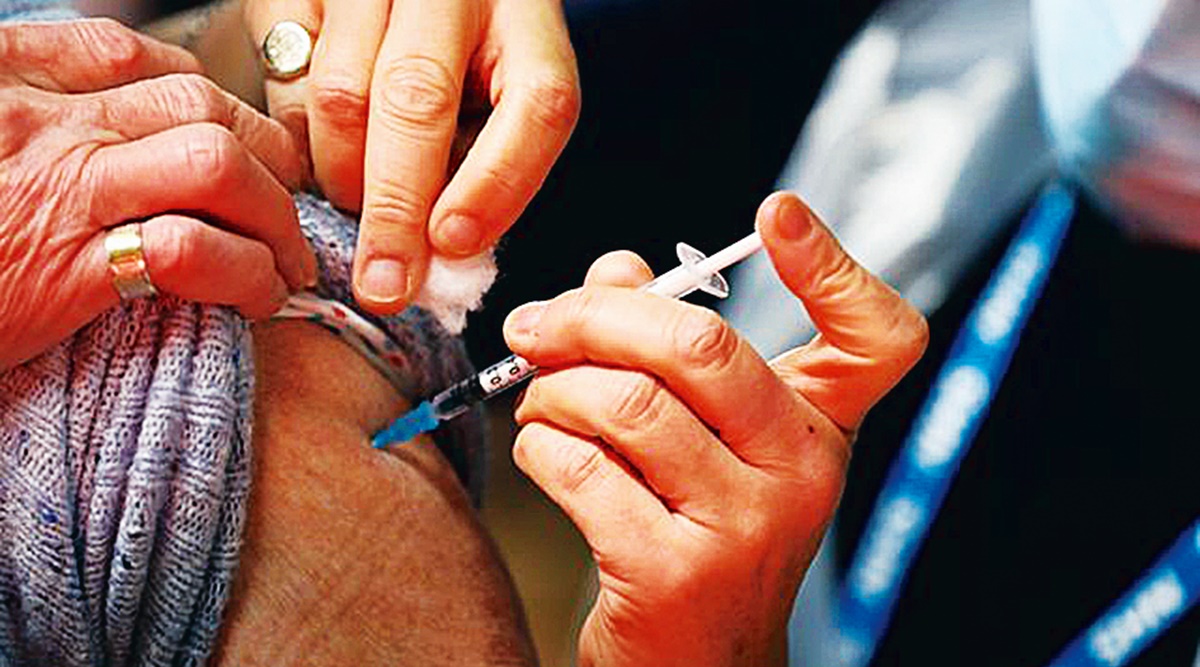“Given the low case count anyway, few want to be tested and our staff come back empty-handed,” said a Jamui official involved with testing in the district. “But there is a pressure to meet the target.”
PRESENTED WITH examples found by The Indian Express, senior Health officials in Bihar said there will be a probe into the glaring discrepancies in Covid testing charts but sources said that, at first glance, a set of factors could be behind the fake entries: from corruption to cutting corners in a scramble to meet targets.
According to data compiled by the Bihar Health Department, the state has tested more than 2.16 crore samples so far, second only to Uttar Pradesh which has conducted over 2.89 crore tests. In recent weeks, about 75,000 tests are being conducted on an average each day. And each PHC has been given a daily target of 150-300 RT-PCR and Antigen tests.
Testing itself has changed depending on the stage of the pandemic. In the initial stages, only those with symptoms were being tested, followed by those with symptoms of Influenza Like Illness, and now even the healthy. “No one in the village comes to the PHC to be tested so our staff has to go door to door,” said a Jamui official involved with testing in the district.
“Given the low case count anyway, few want to be tested and our staff come back empty-handed,” said the official. “But there is a pressure to meet the target.”
Most of the faulty data is linked to Antigen tests. These are the tests mostly deployed in smaller towns and rural areas where large, sophisticated laboratories that are required to carry out the more standard, and accurate, RT-PCR tests are not available.
Like RT-PCR tests, Antigen tests also rely on nasal swabs. But the main benefit of antigen tests is that it gives a result quickly, typically within half an hour, which makes it a very useful tool for a rapidly spreading epidemic. It is, however, not as accurate as the RT-PCR test, which involves a multi-step process and is able to detect even very small traces of virus in the body. RT-PCR tests also take several hours to produce results, require trained staff, and sophisticated laboratory equipment to carry out the test.
The large number of Antigen tests allow some room to fudge the data, said officials. At its peak, Bihar was testing more than 1.7 lakh samples every day, most of them through antigen kits, more than any state other than Uttar Pradesh. Till July 15, when the Rapid Antigen Test kits were not deployed in the state, Bihar was testing less than 10,000 samples a day. Within a month, however, this number went beyond 100,000.
Besides, the results of the RT-PCR tests are usually communicated through mobile phones. People also get a printed test result. In the case of Antigen tests, however, the printed results are usually handed on the spot. Follow-up messages or calls are not done in all cases, especially when the result is negative. This, possibly, allowed PHC staffers in this case to use the same number for several entries.
Another reason for the fudge, official sources said, is financial corruption. They said the state government is looking into reports that some Rapid Antigen Test kit suppliers have colluded with staff at PHCs to show purchase and use of kits which were, finally, never used as inflated test numbers were submitted. One Antigen kit — valid for one test — costs Rs 40. With about 3,000 tests conducted per day in these three districts, according to estimates, the daily bill works out to around Rs 1.2 lakh.
While the dodgy entries put a question mark over the vaccine rollout, experts point out they do not mean that Bihar is witnessing a rise in Covid cases. “Overall, the real indicators of a rise in infections lie in the number of ventilators being used, hospital beds, etc. These are irregularities at the local level by heath staff. As the lockdown opens up, there is a much lesser propensity among people to be tested and more pressure on health centres to meet their targets. But yes, the faulty data do raise question marks over the efficacy of the testing process and credibility of vaccine rollout data at the ground level.”
Source: Read Full Article


